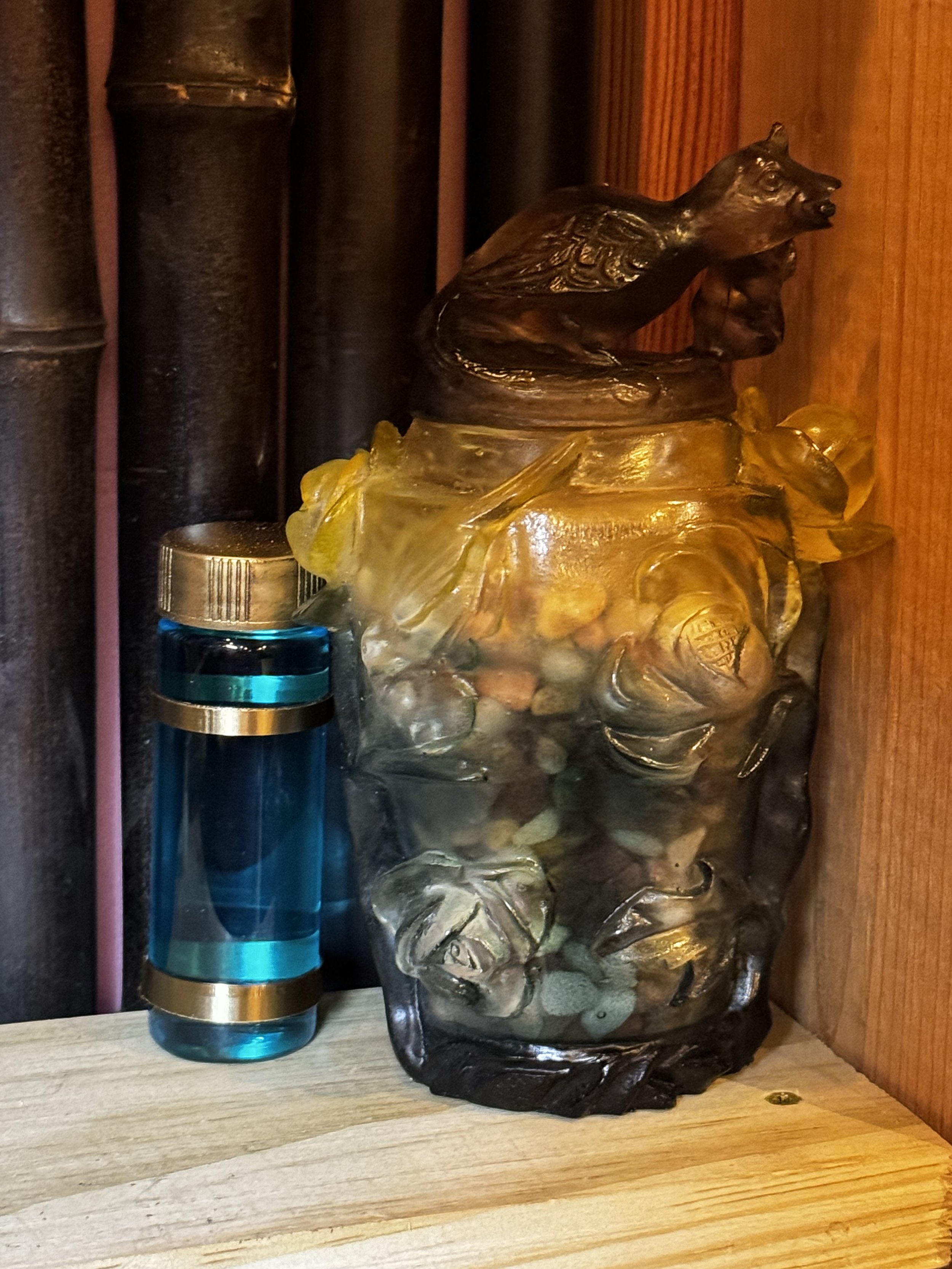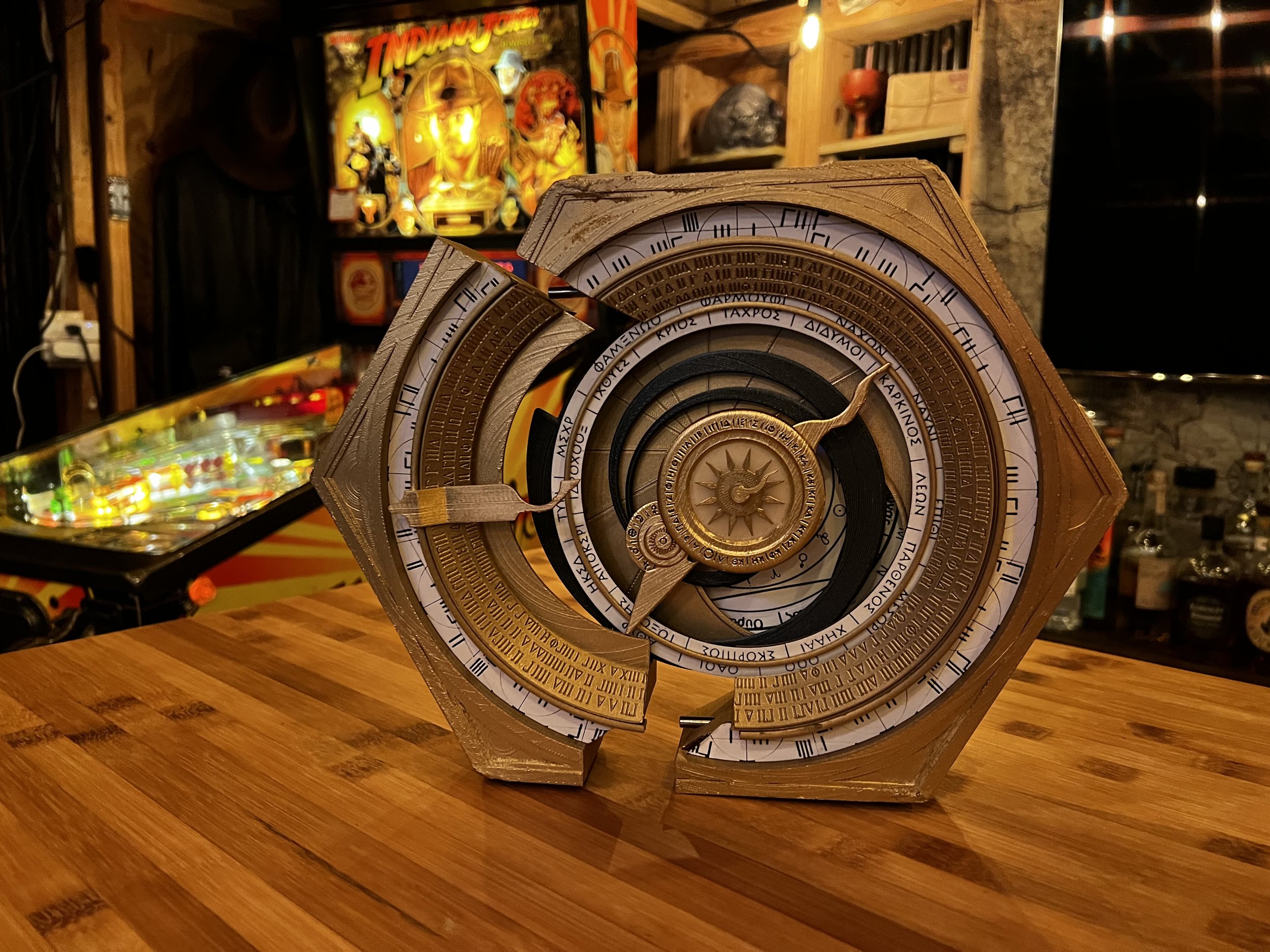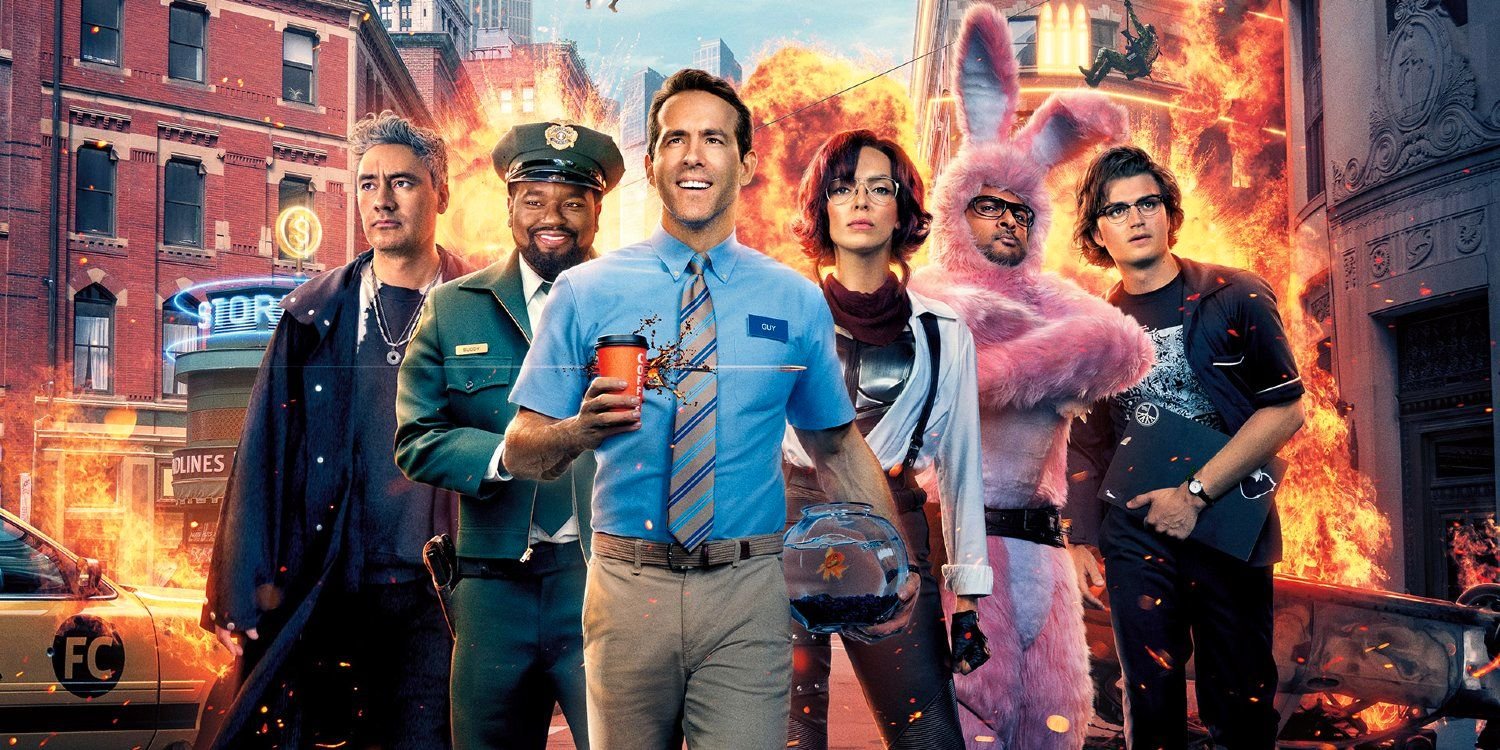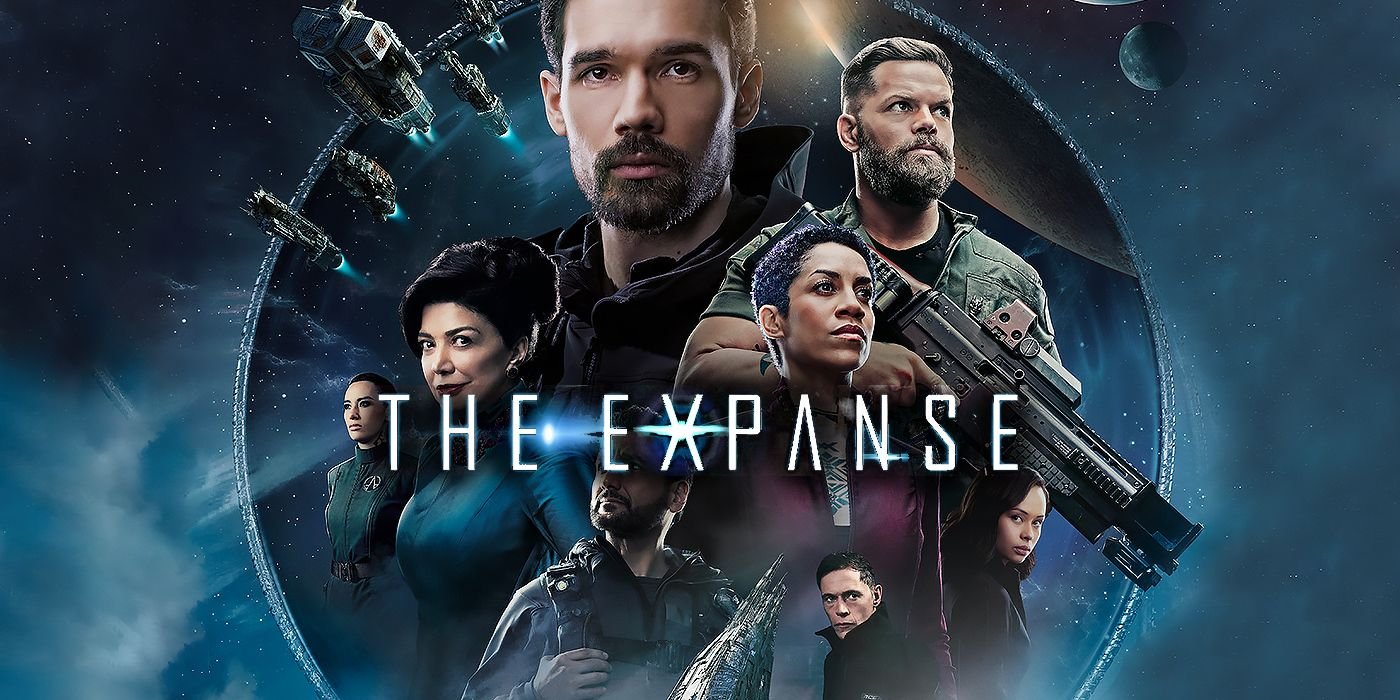Something that Modern Star Trek and Modern Star Wars seem to share in common:
Modern takes on these franchises often seem to be poorly received by their fandoms.
I’m not the type of person to crap all over someone else’s art with my opinion. After watching some awful modern attempts at Star Trek, I’ve found myself staring at after-show credits thinking to myself: “That was garbage. How the hell did this get made?”
In the Beginning, There was T.O.S
The Original Series only ran for 3 seasons, between 24 and 29 episodes per season costing about $180k 1966USD’s per episode to produce. Originally considered a failure, Star Trek found its audience through syndication.
The episodic anthology used space exploration as a backdrop to explore geopolitical topics at times and in other times as a setting for silly futuristic adventures. In doing so it sparked the imagination of millions and set off one of humanity’s most iconic entertainment franchises.
TNG Era
Star Trek: Next Generation evolved Roddenberry’s vision of a utopian human future into 7 seasons of 26 Episodes spanning 8 years. With DS9, Voyager, there are Star Trek on ramps for the 90’s and 2000’s kids as well.
Big Screen, Mixed Results
As Star Trek was adapted for the big screen, the box office results were often flat. A few were critical successes (Star Trek: The Motion Picture & Star Trek 2: The Wrath of Khan) but the rabid fandom failed to translate to large box office earnings. 2002’s Star Trek Nemesis barely eek’d out a profit, eventually - maybe. The Studio decided it was time to make a change.
Production budgets vs Box Office
(Contemporary adjustments for inflation in bold)
Original Series
Star Trek: The Motion Picture
Budget: $46 million — $152.5 million
Gross: $139 million — $460.7 million
Star Trek II: The Wrath of Khan
Budget: $11.2 million — $27.9 million
Gross: $97 million — $241.9 million
Star Trek III: The Search For Spock
Budget: $16 million — $37 million
Gross: $87 million — $201.5 million
Star Trek IV: The Voyage Home
Budget: $21 million — $46.1 million
Gross: $133 million — $292 million
Star Trek V: The Final Frontier
Budget: $33 million — $64 million
Gross: $63 million — $122.3 million
Star Trek VI: The Undiscovered Country
Budget: $27 million — $47.7 million
Gross: $96.9 million — $171.2 million
The Next Generation
Star Trek Generations
Budget: $35 million — $56.8 million
Gross: $118 million — $191.6 million
Star Trek: First Contact
Budget: $45 million — $69 million
Gross: $146 million — $223.9 million
Star Trek: Insurrection
Budget: $58 million — $85.6 million
Gross: $112.6 million — $166.2 million
Star Trek: Nemesis
Budget: $60 million — $80.3 million
Gross: $67.3 million — $90 million
Reboot, the Kelvin Timeline
Star Trek
Budget: $150 million — $168.3 million
Gross: $385.7 million — $432.6 million
Star Trek Into Darkness
Budget: $185 million — $191.1 million
Gross: $467.4 million — $482.8 million
Star Trek Beyond
Budget: $185 million
Gross: $318.1 million (to date)
ref: Reddit Post
Help Me JJ, You’re my Only Hope
(that’s going to piss some people off, lol)
Bad Robot
The Studio flipped the keys of NCC-1701 to JJ Abrams and the result was 2009’s Star Trek and the beginning of the Action Trek era that persists today. The idea was to expand the appeal to the average summer blockbuster moviegoer. The 2009 film was a refresh of TOS, a reimagining…. a.. (ffs) reboot. (Big Sigh) It would borrow from the past but adapt Star Trek to the modern ADHD / Twitter addict sensibilities. Young and sexy actors right off of underwear-model gigs, giga-hours of CGI render time, a soaring music score underpinned with rock-hiphop contemporary staples and lens flares for days.
Modern Trek takes the dramatic pacing of Breaking Bad, mixes two parts Calvin Klein commercial, two parts “pew pew pew pew space lasers!”, one part X-Games and one part canon-breaking technobabble to create the red bull commercial in space that is modern Star Trek.
I know that all sounds negative, so I should put my cards on the table here. I like the new cast and I like the sensational visuals and over-the-top sound design. I just sort of hate that Star Trek on the Big screen usually has: First Act: Long, lingering spaceship-Porn showing the ship docked at some amazing StarBase and Third Act: Same amazing space ship gets exploded or crashed into a planet in a narrative sacrifice. Seriously - Get a new story, already.
The Abrams era Star Trek films appear to have been successful at the Box Office despite some story stuff that does violence to Trek canon. In Abrams Trek, you can bring people back to life with a super blood transfusion; transwarp beaming can send an individual (or bombs) to seemingly anywhere. “Whatever”. Star Trek has always played fast and loose with the rules.
Star Trek Discovery
Star Trek Discovery centers around the hi jinx of Spock’s secret adopted sister. Discovery is a TOS era ship equipped with an experimental spore drive that allows the ship to transport itself through a cosmological mycelial network to nearly anywhere in the known Galaxy. “Black Alert!” Because: magic mushrooms and tardigrades. If it sounds stupid, well: that’s because it is.
That aside Star Trek Disco is sort of a mixed bag. Michael Burnham (Spock’s secret sister) has this space Jesus thing going that can be a bit much at times, despite the fact that I genuinely like the actress that plays Burnham: Sonequa Martin-Green. In fact, I like most of the casting on this show. Doug Jones plays a Starfleet officer named Suru and his physical performance goes a long way to make Saru believably alien, not just another dude with plastic crap glued to his face. Anthony Rapp plays the ships engineer (Staments) with a believable tinge of Aspergers. Wilson Cruz plays the ships’ doctor (Culber) and Stamet’s love interest. They have pretty great “opposites attract” chemistry and their relationship makes sense within the story.
Discovery Season 1 establishes Burnham’s character and explores the Federation-Klingon war.
Discovery Season 2 is a time-traveling / runaway AI story.
Discovery Season 3 is a dystopian future story.
Discovery Season 4 is the story of the future dystopia making a turn back towards core federation values.
Star Trek Picard
As a fan of STTNG, I looked forward to character study of Jean Luc Picard. Instead… we got something else.
Picard Season 1: The JL Apology tour
This season introduces the viewers to an even further aged-up Jean-Luc Picard. It introduces us to a new crew of younger characters. The casting on the new characters is good but there are some truly baffling writing choices in this show. One character: Raffi, lives in a trailer, smokes snake leaf and has a frustratingly over familiarity with Picard. She calls him ‘JL.’ One admiral that I’m going to call “admiral bitch face” just cussed Picard out when he comes to her with valid concerns. Picard spends the majority of the season just sort of meandering between plot contrivances. Patrick Stewart’s charisma still comes through at times but it mostly overshadowed by the dark and violent mood of this series. One side character gets his eyes forcibly removed, while he’s awake. Plenty of disintegrations, decapitations and death. One bright spot is seeing Jonathan Frakes and Steward together on screen. Riker is always a joy and has some great line delivery. I’d also love to build his pizza oven in my backyard. One day..
Picard Season 2: The Voyage (Sorta) Home
I came into the second season ready to overlook the numerous shortcoming of the first season. First seasons can often be shaky until a cast and crew finds their groove. Stewart has better energy and people spend less time bitching him out this season but the overall story still feels like something written as part of a middle-school writing contest for a free personal pan pizza. This season is a time travel plot that brings the characters to our near future, much like The Voyage Home. Also like The Voyage Home: Season 2 explores social commentary and contemporary issues such as the wild fires in the Western states, climate change in general, CBP abuses of illegal immigrants, poverty, healthcare & the pitfalls of late-stage capitalism. Unlike The Voyage Home, this season of Picard explores takes on these issues without any nuance, proposes no solutions and isn’t particularly fun. You never get “nuclear wessels” or “double-dumb-ass on you” moments that you got in The Voyage Home. You could watch the 1st, 2nd and final episode of Season 2 and not miss much. Worst of all, John Delancey never really shifts into the mischievous gear.
Star Trek Strange New Worlds
Star Trek Strange New Worlds is a refreshing entry to modern trek. The cast is great, the story is good, the enterprise looks amazing and the overall “feel” is Star Trek. It is a campy, optimistic romp through the stars and a true return to form for Star Trek.
















